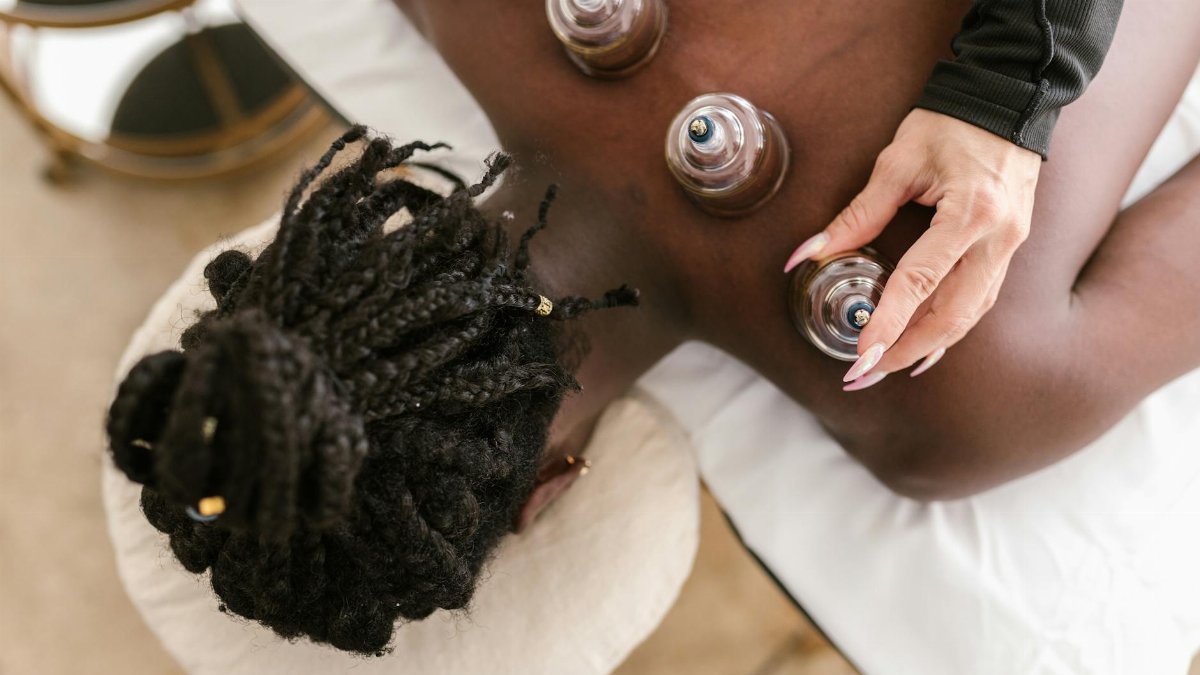Could a simple piece of gear transform how we recover from grueling workouts? For athletes and fitness enthusiasts across the U.S., the answer might lie in a growing trend: compression boots. These high-tech devices, often seen in elite training rooms, promise to speed up recovery by tackling one of the body’s peskiest byproducts—lactic acid. The concept of using compression boots for lactate clearance is gaining traction, not just among pros but also weekend warriors looking to bounce back faster. As gyms buzz with chatter about reducing muscle soreness, it’s worth examining whether this tool lives up to the hype. From science labs to locker rooms, the conversation around recovery is shifting. What makes these boots different, and can they really clear lactate from tired muscles more effectively than rest alone? Let’s unpack the evidence and experiences driving this movement.
The Science Behind Lactate Buildup

When muscles work hard, they produce lactate—a byproduct of burning energy without enough oxygen. Contrary to old myths, lactate isn’t the villain behind muscle soreness; it’s more a sign of effort, often clearing naturally within hours. But during intense exercise, like a marathon or high-intensity interval training, levels spike, contributing to that heavy, fatigued feeling. Research from institutions like the National Institutes of Health shows that faster lactate clearance correlates with quicker recovery times. The body typically shuttles lactate to the liver for processing, but lingering high levels can slow down performance in back-to-back sessions. Understanding this mechanism is key to grasping why tools like compression boots are entering the spotlight as potential game-changers for athletes pushing their limits.
How Compression Boots Work

Compression boots operate on a straightforward principle: they squeeze and release the legs in rhythmic patterns, mimicking the body’s natural muscle pump. Worn after exercise, these inflatable sleeves—often covering from foot to thigh—apply targeted pressure. The idea is to boost blood flow, which could help flush out metabolic waste like lactate more efficiently. A study summarized by the Journal of Orthopaedic & Sports Physical Therapy suggests that intermittent pneumatic compression can enhance circulation post-exercise. Manufacturers claim this process reduces swelling and speeds up the removal of fatigue-inducing compounds. While the boots vary in design—some with adjustable pressure zones, others with pre-set cycles—the core goal remains the same: get fresh blood in, waste out, and muscles ready for the next challenge.
Evidence on Lactate Clearance

Does the theory hold up under scrutiny? Emerging research offers a mixed but promising picture. A 2021 study linked on the PubMed database found that athletes using compression boots post-exercise showed a measurable drop in blood lactate levels compared to passive recovery. The difference wasn’t staggering, but it was notable—especially for those training multiple times a day. Another report from the Sports Medicine – Open journal highlighted reduced perceived fatigue among users, though it cautioned that long-term benefits need more investigation. Skeptics argue that the body clears lactate naturally, questioning if boots offer a significant edge over cheaper methods like light stretching. Still, for many, even a marginal gain in recovery speed is worth the investment.
Who’s Using Compression Boots?

Walk into a professional sports facility today, and you’re likely to spot compression boots humming away in recovery rooms. Elite runners, cyclists, and basketball players swear by them—think NBA stars cooling down after a double-overtime game. But it’s not just the pros. Gyms in cities like Chicago and Los Angeles report a surge in everyday athletes renting or buying these devices in 2025. One gym-goer, a 40-something marathoner, shared a vivid memory of slipping into the boots after a 20-mile run: “It’s like my legs exhaled. The tightness just melted.” While not everyone can afford the $800-plus price tag of top models, rental options at physical therapy clinics are making compression boots for lactate management more accessible than ever, bridging the gap between elite and amateur recovery.
Practical Benefits Beyond Lactate

Clearing lactate faster is just one piece of the puzzle. Users often report other perks that keep them coming back to compression boots. Reduced swelling stands out—especially for those on their feet all day or recovering from injury. The gentle pulsing can feel like a massage, easing tension in overworked calves and quads. Some physical therapists note that improved circulation might lower the risk of blood pooling, a concern for long-distance travelers or post-surgery patients. While these benefits aren’t directly tied to lactate, they add to the boots’ appeal as a multi-purpose recovery tool. It’s not hard to see why a busy parent training for a 5K might value 30 minutes of forced relaxation while the device does its work, even if the science on lactate clearance isn’t fully settled.
Limitations and Cautions

Compression boots aren’t a magic fix. For one, they’re not suited for everyone—people with certain vascular conditions or deep vein thrombosis risk should steer clear unless cleared by a doctor. Cost is another hurdle; while rental fees might start at $30 a session, owning a pair can set you back as much as a high-end treadmill. And the research, while encouraging, isn’t conclusive. Some studies suggest the psychological boost—feeling proactive about recovery—might outpace the physiological impact on lactate levels. Over-reliance could also be a trap; boots shouldn’t replace fundamentals like hydration, nutrition, or sleep. As one trainer put it, “They’re a tool, not a cure. Use them wrong, and you’re just sitting in expensive socks.” Balance remains key.
Integrating Boots Into Recovery Routines

For those intrigued by compression boots and lactate reduction, starting small makes sense. Many experts suggest using them for 20 to 30 minutes after intense workouts, ideally within an hour when lactate levels peak. Pairing the session with light hydration and a protein snack can amplify recovery. New users might experiment with pressure settings—too high can be uncomfortable, too low might feel pointless. It’s also worth noting that boots work best as part of a broader strategy. A physical therapist in Denver recommends alternating their use with active recovery, like a slow jog or yoga, to keep muscles engaged. Online, some fitness enthusiasts caution against daily dependence, sharing stories of diminishing returns after weeks of overuse. The takeaway? Treat boots as a supplement, not the sole path to fresh legs.
The Bigger Picture of Recovery Tech

Compression boots are just one player in a booming recovery tech market. From cryotherapy chambers to percussive massage guns, athletes in 2025 have more options than ever to combat fatigue. What sets boots apart is their focus on circulation—a foundational element often overlooked in favor of flashier gadgets. Yet, as recovery becomes a cultural obsession, it’s worth asking if we’re over-engineering a process the body already handles. Lactate clears naturally; soreness fades. Are we chasing marginal gains at the expense of patience? On the flip side, for aging athletes or those with packed schedules, tools like these might mean the difference between staying active and burning out. The debate mirrors broader tensions in fitness: innovation versus instinct, speed versus sustainability.
The rise of compression boots for lactate clearance signals a shift in how we think about recovery—not as a passive wait, but an active pursuit. While the science continues to evolve, the stories of lighter legs and quicker comebacks keep curiosity alive. Whether you’re a competitive cyclist or just trying to keep up with a weekly spin class, the promise of faster recovery holds undeniable allure. As research catches up with enthusiasm, one thing is clear: tools like these are reshaping the rhythm of training, one squeeze at a time. The question isn’t just whether they work, but how they fit into a balanced approach to pushing the body’s limits.

As an education professional with a background in Biology and Physics, Dr. Christoph Weber is the analytical heart of Fulfilled Humans. He ensures every piece of content is insightful and grounded in credible knowledge.
Disclaimer
The content on this post is for informational purposes only. It is not intended as a substitute for professional health or financial advice. Always seek the guidance of a qualified professional with any questions you may have regarding your health or finances. All information is provided by FulfilledHumans.com (a brand of EgoEase LLC) and is not guaranteed to be complete, accurate, or reliable.
